Historic Volvo Protoype re-discovered!
At the Retro Auto & Moto Galicia 2015 which was held in Vigo (Spain) between march 20 and 22, a unique Volvo prototype from the early seventies was discovered, images appeared at a spanish Volvo Forum. This prototype is the Volvo 1800 ESC, alson knaown as Volvo Viking, a protoype built by Coggiola based on the Volvo P1800.
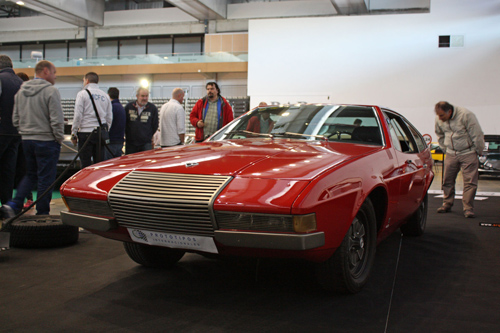
A team from Culleredo presented this Volvo 1800 ECS from Coggiola, a prototype from the 70s. (Foto: J.Rubén)
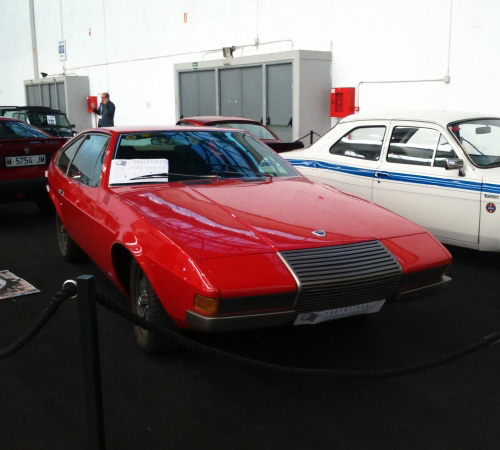
Volvo 1800 ESC Viking at Retro Auto & Moto Galicia 2015 in Vigo (Spain)
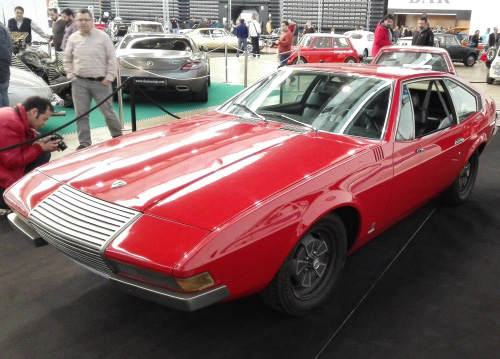
Volvo 1800 ESC Viking at Retro Auto & Moto Galicia 2015 in Vigo (Spain)
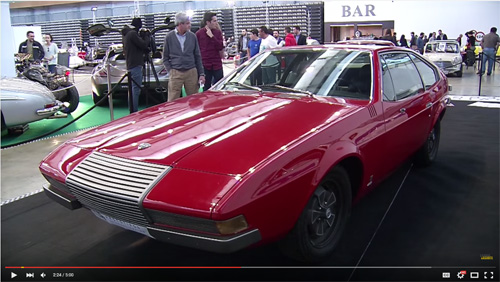
Click to see the Youtube video
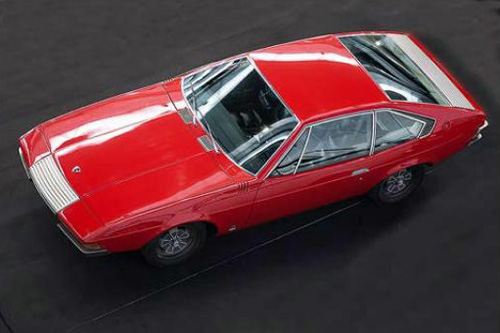
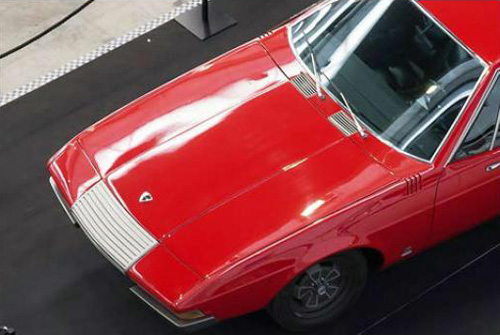
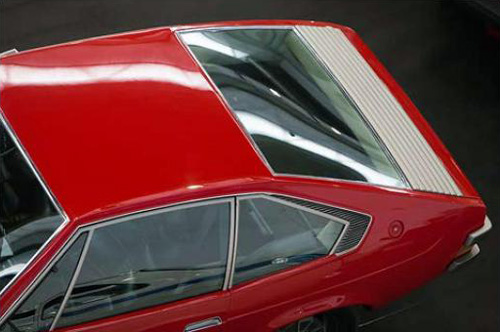
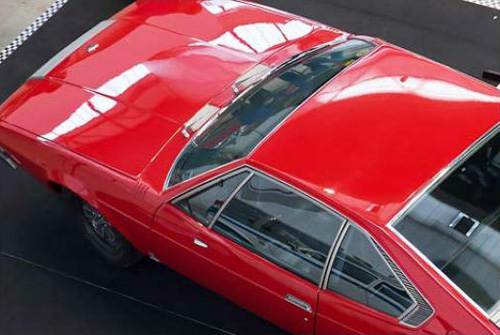
The 1971 ESC
Presented at the 1971 Paris Auto Show, Coggiola’s Volvo 1800-based ESC prototype was technically built for studying safety and comfort. While not extreme in styling, a unique feature was the front grille which extended onto the lower portion of the hood.
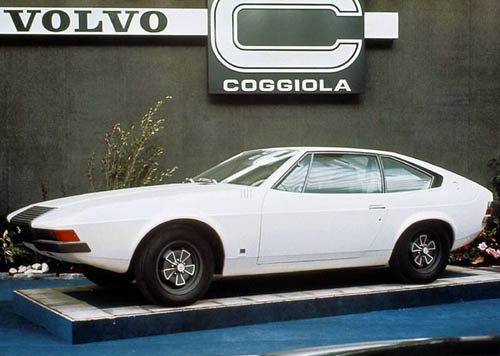
1971 – Volvo 1800 ESC Viking Concept by Coggiola on Paris Motor Show 1971
This unique prototype presented by Carrozzeria Coggiola at the 1971 Paris Motor Show, is based at the Volvo 1800 ES Coupe chassis whose body recently underwend an important re-design. The production underbody was modified,but appropriate solutions allowed a better exploitation of its dimensions and structural features,to the ends of a substantial increase in interior roominess. Interior completely lined with leather and A/C.
The Coggiola Volvo prototype bodywork done in sheet-steel with paneling applied to a boxed framework. The front and structure feautures a defferentied resistance which,together with front overhang increace passenger compartment in case of head-on collision. The pop-out headlights future a special patended opening device (hydraulic pedal-operated). The main dimensions of the Volvo Coggiola 2+2 Coupe are : Legnth 4465mm, Width 1705, Height 1265mm and wheelbase 2450mm.
Design by Coggiola
Sergio Coggiola (1928 – 1989) started in 1966 his own design studio after having worked for 14 years at the Turin-based Italian bodywork designer Ghia (where Pietro Frua was his manager). He participated in the development of the successor to the 1800S – prototype “beach car” was his suggestion to the car that would then be called “Sport Wagon” with the designation 1800ES.
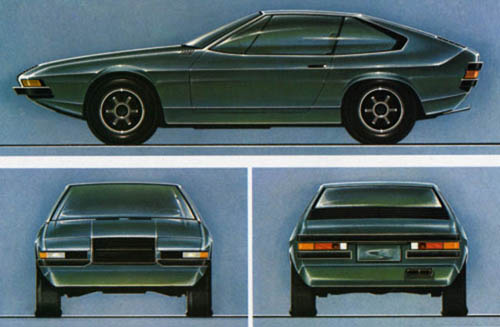
Coggiola was then commissioned to modify the proposal for what would later become the over 8 000 copies series produced 1800ES.
The 1800 ESC, however, was his first, very own prototype. Despite the name, the ESC – which would bring to mind 1800ES – the ESC a more coupe-like model than the ES. Coggiola used the same chassis as the existing 1800 E, which made the wheelbase etc. were identical. The height is also the same as previously 1800 ES. All mechanical controls internally in the cabin sits on exactly the same spot as its predecessor.
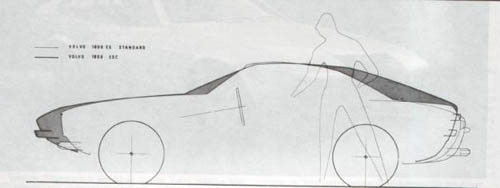
Body comparison between 1800E (solid outline says ES) and ESC prototype. ESC is longer and has more sweeping shapes, which among other things means something better rearward visibility.

The look then? Yes, ESC looks like a typical modern car would do in the early 1970s. Gone are the round lines, now it (perhaps with entry into the space age as the starting point?) more squareness, long lines that apply. A paradigm shift had occurred in the bodywork design. ESC was thus very modern at several points – with among others the generous crumple zones on the front and the rear!

1971 Volvo Coupe project directed by Coggiola. Sergio Coggiola worked earlier after the war for Frua and learned here his trade, before founding his own company a few years later.


In 1971 the ESC was presented by the international car press as the “The Successor” of the Volvo 1800 ES, all of which expressed high expectations of the model, although most were of the opinion that the basic design in 1800 was itself in need of modernization. English Road & Track wrote that the car with a little larger chassis, should be able to accommodate a 6-cylinder engine, and Volvo should drive the new car with at least 3 liter displacement, and call the series for “Volvo 2000” or the like.
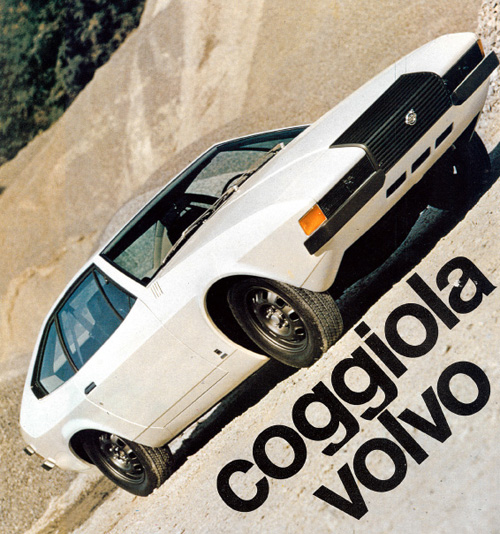
But fate decided otherwise, the international oil crises hit at this time, and in a battle where sports cars are no longer comme-il-faut. Now broke the Japanese compact cars developed with energy efficiency, lightweight chassis, functional. Volvo profiled himself starting in the 140 Series as a company with automotive safety first. That in a situation like that launching a thirsty sports car had given the company an unnecessary amount of negative goodwill. On the other hand, had many visitors at the Paris Motor Show in 1971, where 1800ESC appeared together with the 1800E and the new 1800ES, got the impression that the ESC would also manufactured.
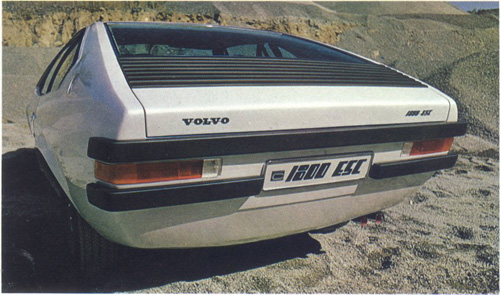
Although Volvo chose not to proceed with the 1800 ESC, it does not mean that the shape of the model as such was rejected – Ferrari 308GTB4 That success was launched in 1973 carry similar traits with ESC. If it were only inspired or brazenly “stole” concept left unsaid. But a great looking car it is. Just as ESC. Today we can only speculate how it had been on the Volvo continued its GT series with the ESC (and perhaps even more cars?), The brand had been more “heavy” and “legendary” then now?
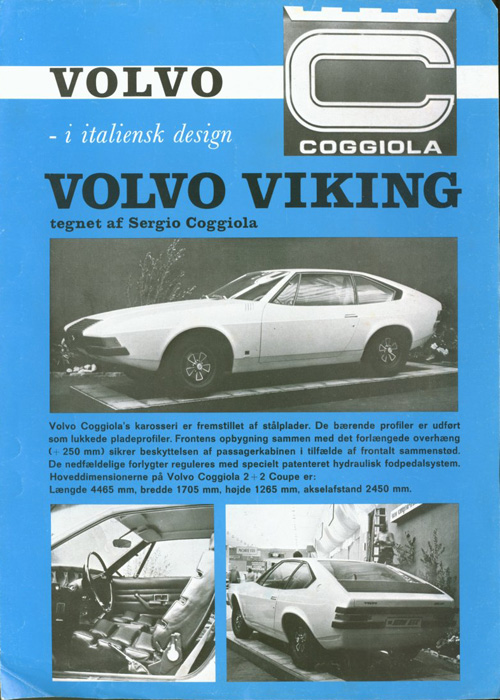
Swedish brochure of the 1800 ESC
With the “beach car”, 1800ES and draft 1800ESC, established a long collaboration between Volvo and Coggiola, who had a hand in the design in many later Volvo models, eg 262C 164, 760.

Today:
Some photos from the 1971 Volvo 1800 ECS Viking as it is today (summer 2015)
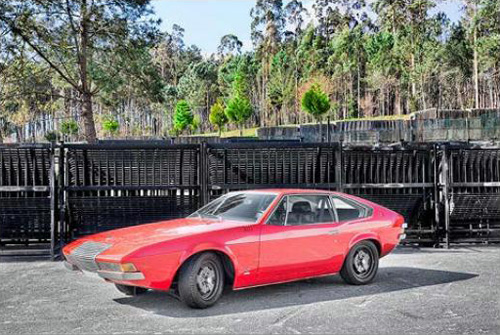

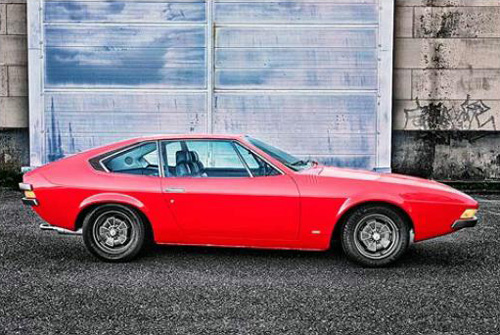
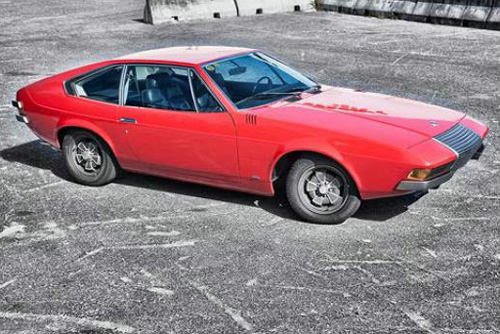
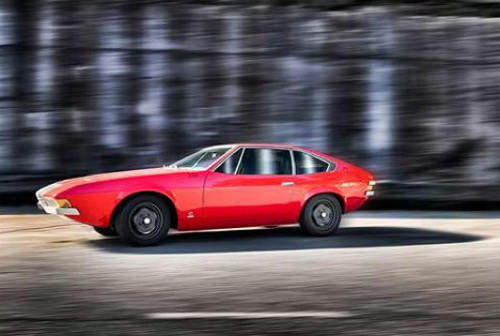
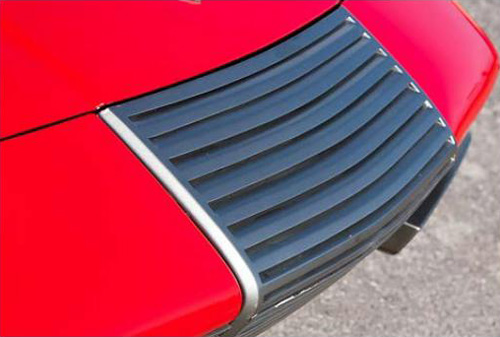
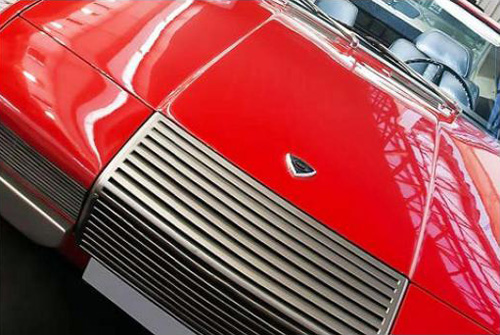
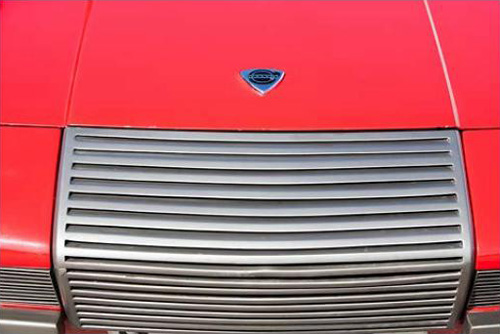
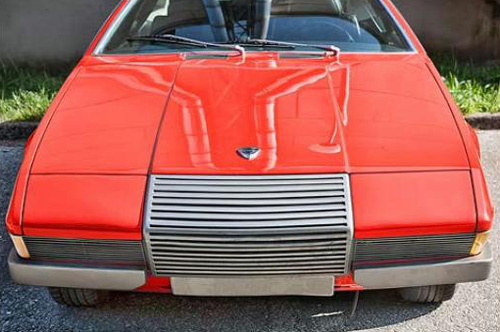
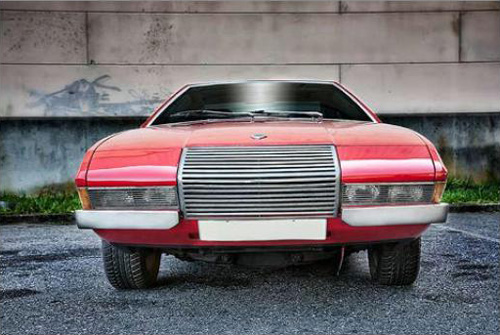


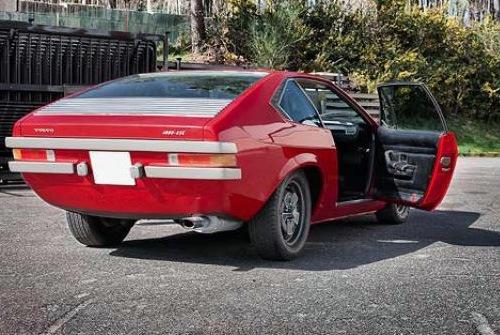
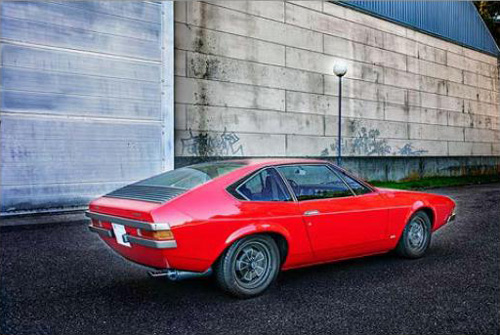
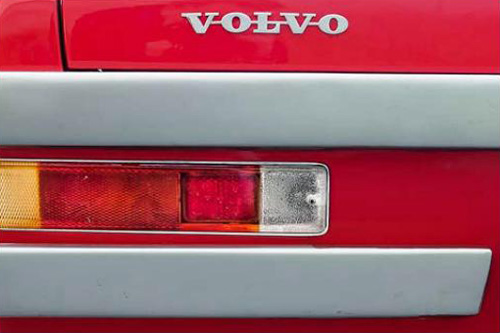
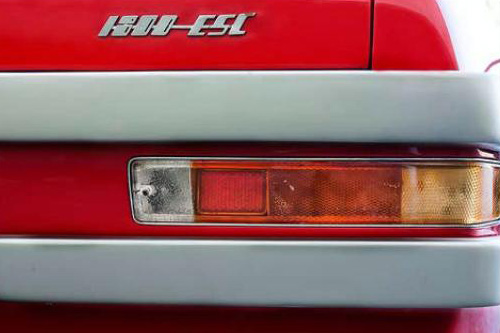

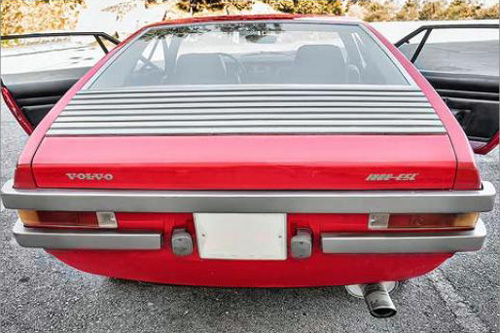
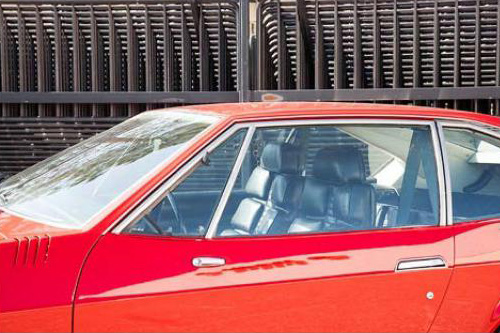
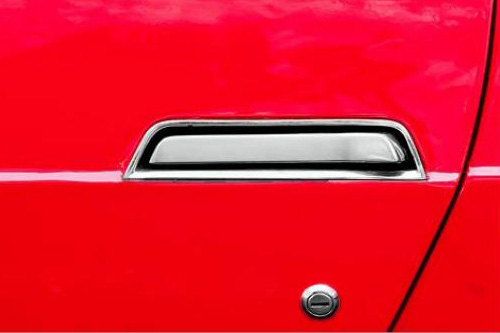
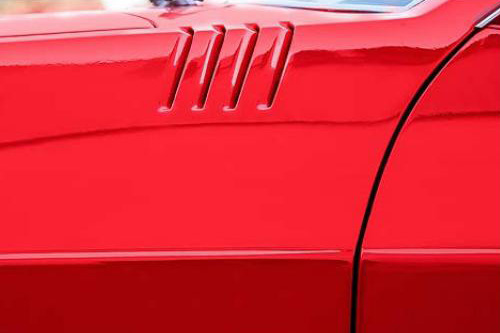
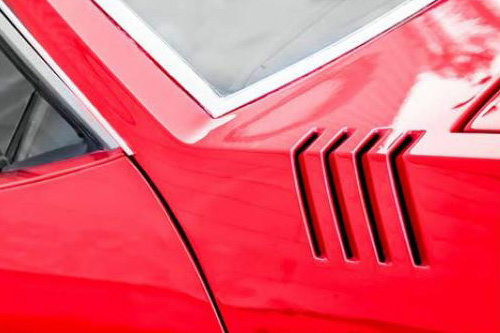
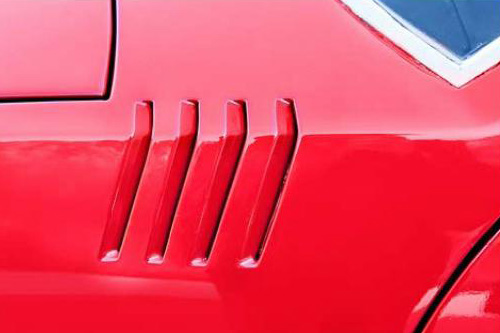
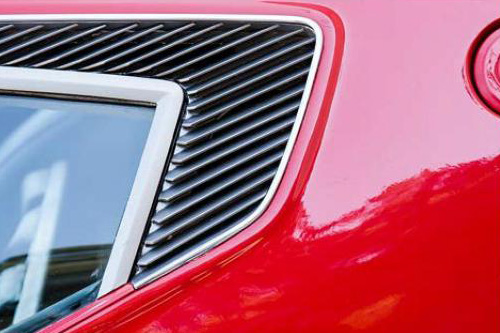
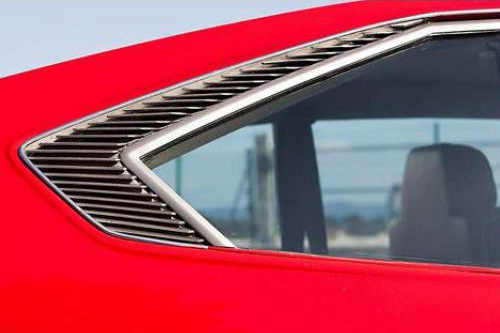

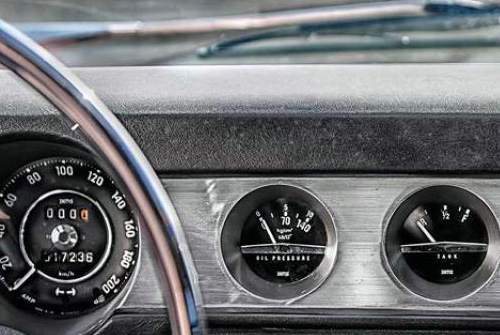
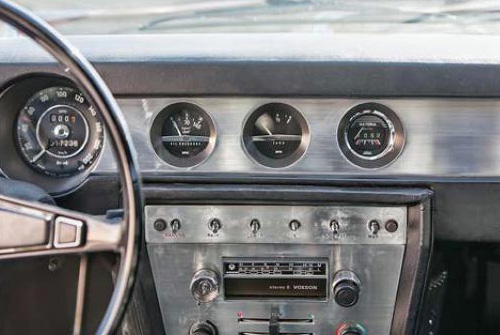
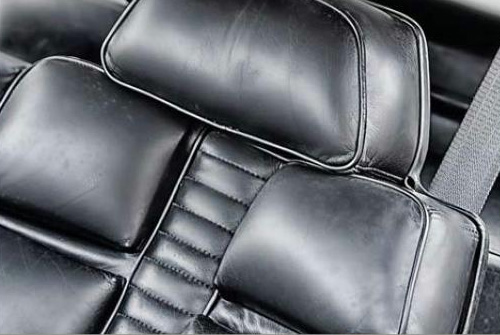
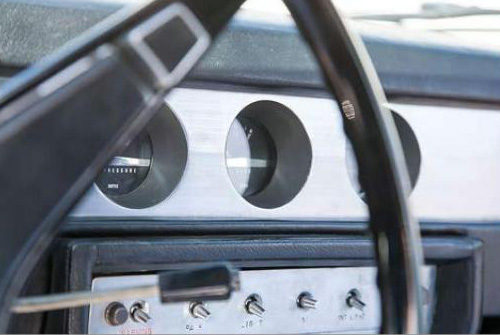

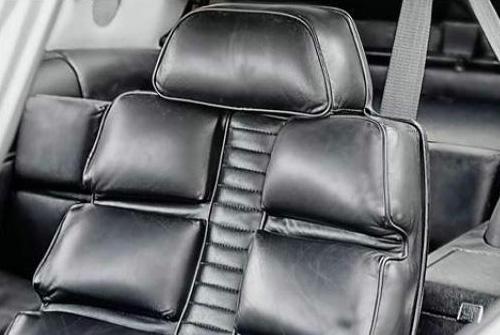
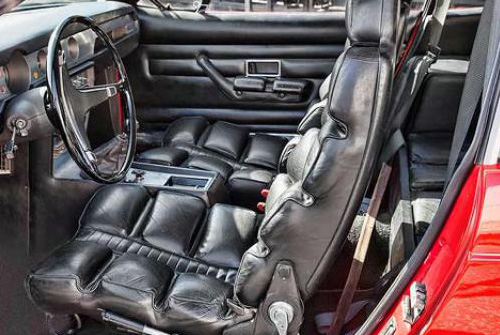
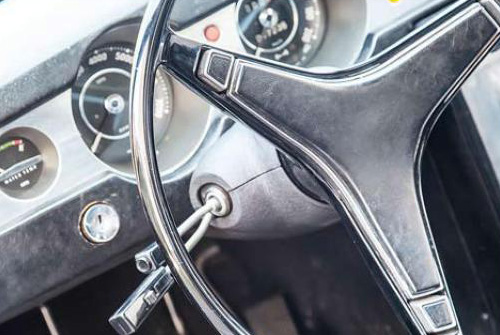
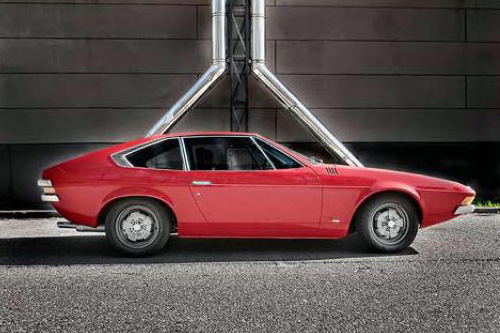
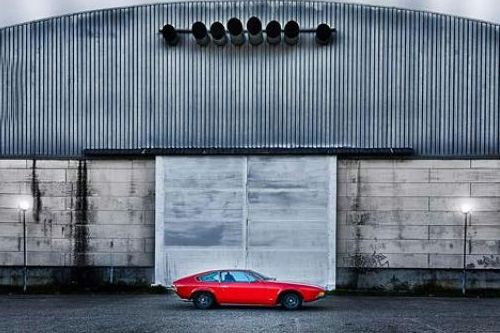
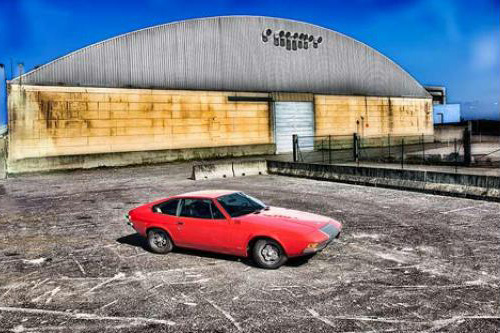
For Sale!
This Volvo 1800 ESC (Viking) prototype by Coggiola is now for sale, with, according to the seller, a very good exterior and interior condition, full function & running condition with only 17.300 original km’s. All papers and full history documents avaliable. A very nice car for shows, classic rallyes and concours. Totally recommended for a prototype collectors and Volvo enthusiasts! Please contact the seller at www.historicautopro.com for further assistance. Only serious byers.
I have contacted the Volvo Museum in Göteborg but unfortunately, this car is too expensive to purchase for the museum. Let’s just hope it will get a safe future for all Volvo enthusiasts around the world.
—-
This unique prototype presented by Carrozzeria Coggiola at the 1971 Paris Motor Show, is based at the Volvo 1800 ES Coupe chassis whose body recently underwent an important re-design. The production under body was modified, but appropriate solutions allowed a better exploitation of its dimensions and structural features, to the ends of a substantial increase in interior roominess. Interior completely lined with leather and A/C.
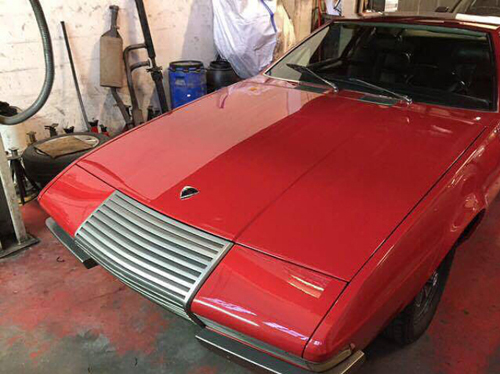








The Coggiola Volvo prototype bodywork done in sheet-steel with paneling applied to a boxed framework. The front and structure features a differentiated resistance which, together with front overhang increase passenger compartment in case of head-on collision. The pop-out headlights future a special patented opening device (hydraulic pedal-operated). The main dimensions of the Volvo Coggiola 2+2 Coupe are: Length 4465 mm, Width 1705 mm, Height 1265 mm and wheelbase 2450 mm.
More information on the Volvo 1800 ESC:
www.escuderia.com/v-retro-galicia/
www.historicautopro.com
volvo1800pictures.com
www.oocities.org/freddybeste/1800esc.html



 Posts
Posts
[…] […]
2015-09-07 @ 17:35
Curious as a young Volvo fanatic one can only aspire to own this but if you don’t mind me asking how much did they want?
2017-01-25 @ 04:19
Hi Andrew! Unfortunately I never got this information. Since the car is still for sale, after 18 months, it must be a lot. I was hoping it would end in the Volvo Museum and had contact with them. Too expensive for them. /Guido
2017-01-25 @ 22:04
Interesting read. Thanks!
The «swedish brochure» is actually written in Danish.
I have never seen a picture of this car with the headlights up… As for many cars with pop up lights, I assume it looks best with lights down. :-)
2018-08-12 @ 18:35